Politics
Israeli Bombings Are an ‘Existential Threat’ to an Ancient Archaeological Site on the Gaza Strip, Forensic Architecture Finds in a New Investigation
The collective digitally reconstructed excavations of the ancient city of Anthedon.
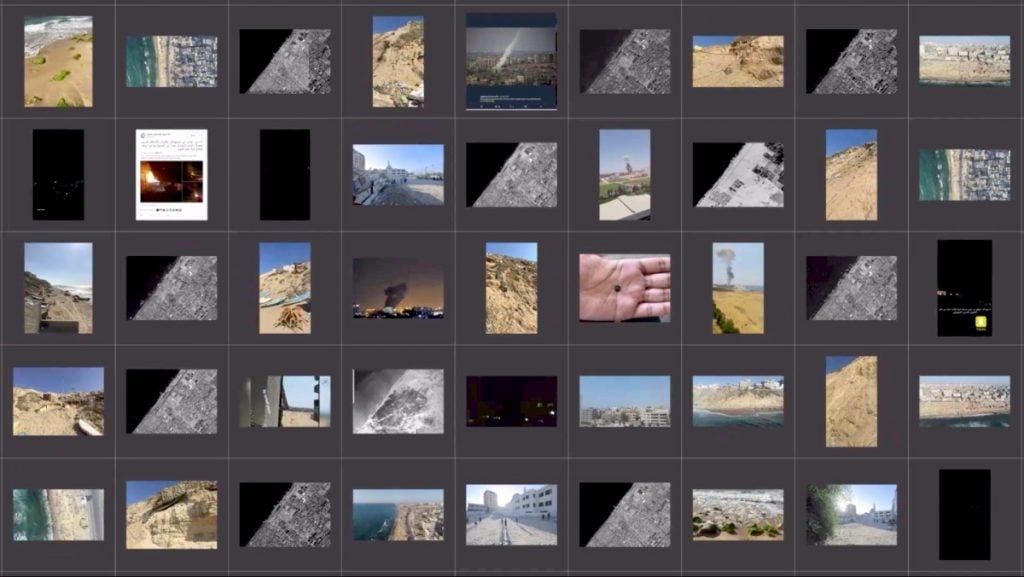
The collective digitally reconstructed excavations of the ancient city of Anthedon.

Sarah Cascone

Israeli bombings threaten to destroy an ancient Palestinian archaeological site in the Gaza strip, according to a new report by Forensic Architecture, a multidisciplinary research collective that investigates human rights violations.
The report, titled “Living Archaeology in Gaza,” examines the effects of Israel’s bombardments of the archaeological remains of Gaza’s very first seaport, Anthedon, an ancient city active between 800 BCE and 1100 CE. The site is a melting pot of of the region’s great civilizations, with buildings and artifacts from the Greek, Roman, Hellenistic, Byzantine, and early Islamic cultures.
Archaeological excavations of the shoreline and other surrounding points of interest from 1995 to 2005 unearthed a layer cake of ancient remains. Byzantine construction was built atop Roman remains that in turn sat above Iron Age artifacts. But the dig sites have since been reburied in order to protect the ruins both from erosion and the military conflict.
Forensic Architecture virtually reconstructed the area as a three-dimensional point cloud using satellite photographs and pictures taken during the excavations, according to reports from Hyperallergic and Archinect. The group compared cell phone footage of Israeli bomb strikes and aerial imagery of craters left behind by the attacks to the digital map of the historic remains, showing how Israel’s continued bombardment of the Gaza strip threatens these ancient sites.
The group concluded that the combination of warfare, construction, and coastal erosion have “placed this unique site under existential threat,” it wrote in its report.
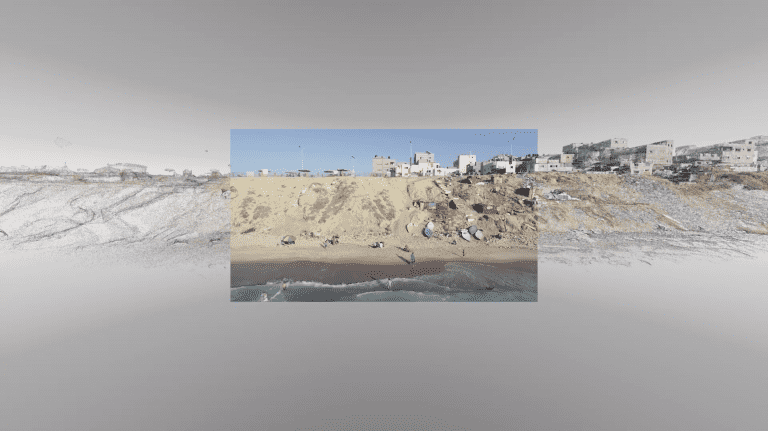
Forensic Architecture, Living Archaeology in Gaza. Drone footage is used to create a point-cloud. Courtesy of Forensic Architecture, with drone footage by Ain Media Gaza, 2018.
“We are able to show the relation between all layers of habitation, past and present,” Forensic Architecture said in a video about its findings. “Each layer tells a different story of lived experience through its material culture and built environment. Since archaeologists have been restricted from the site for almost a decade, the relations between all these invaluable layers of Gazan heritage can only be digitally reconstructed.”
In 2012, UNESCO added Anthedon Harbour to its list of tentative World Heritage Sites, at the behest of its Palestinian delegation.
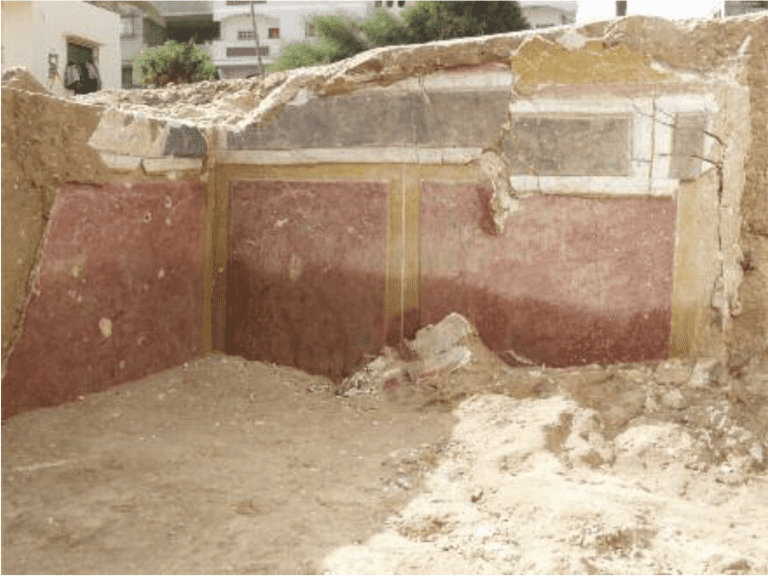
Painted decoration on a Hellenistic House. Photo by École Biblique, Mission Archéologique de Gaza: Coopération Franco-Palestinienne, 1995–2005.
“Anthedon represents a clear example among the seaports along the Eastern Mediterranean coast, demarcating the ancient trade route that linked Europe with the Levant during Phoenician, Roman, and Hellenistic periods,” reads a description from the nomination documents. “Abundant archaeological evidence provides a complete and comprehensive picture of the historical and archaeological evolution in the region, which reflects the rich socio-cultural and socio-economic interchange between Europe and the Levant.”
The collective, which was nominated for the 2018 Turner Prize and won a Peabody Award last month, is calling on the United Nations’s International Criminal Court to classify Israel’s destruction at the Anthedon Harbour site as a war crime, and to consider whether these actions are part of a wider crime of apartheid.
See more images from the report below.
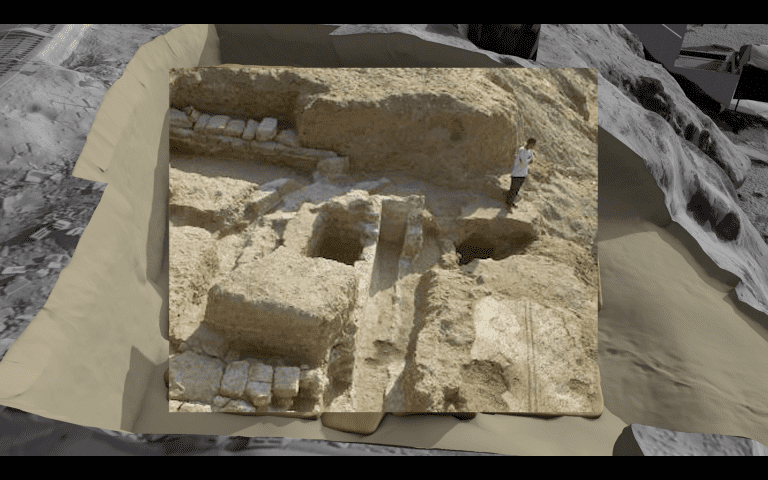
Forensic Architecture, Living Archaeology in Gaza. The mosaic pavement and the basin of the Roman fountain. Courtesy of Forensic Architecture, with photo by École Biblique, Mission Archéologique de Gaza: Coopération Franco-Palestinienne 1995–2005.
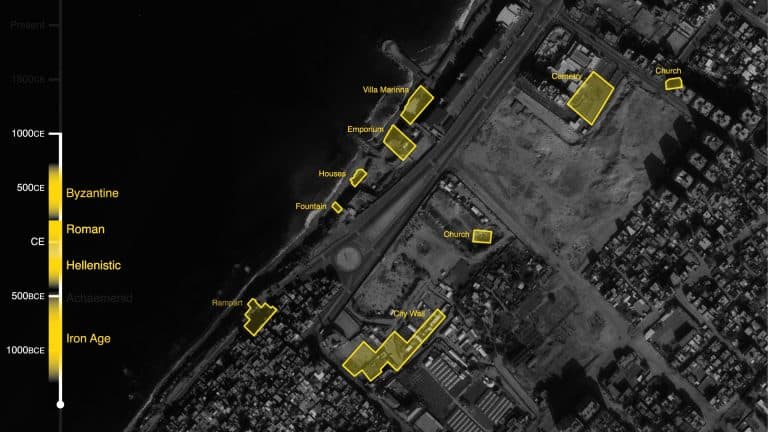
Forensic Architecture, Living Archaeology in Gaza. Map indicating the extent of the excavations undertaken from 1995 to 2005. Courtesy of Forensic Architecture. Satellite image ©CNES (2018), Distribution Airbus DS/Spot Image.
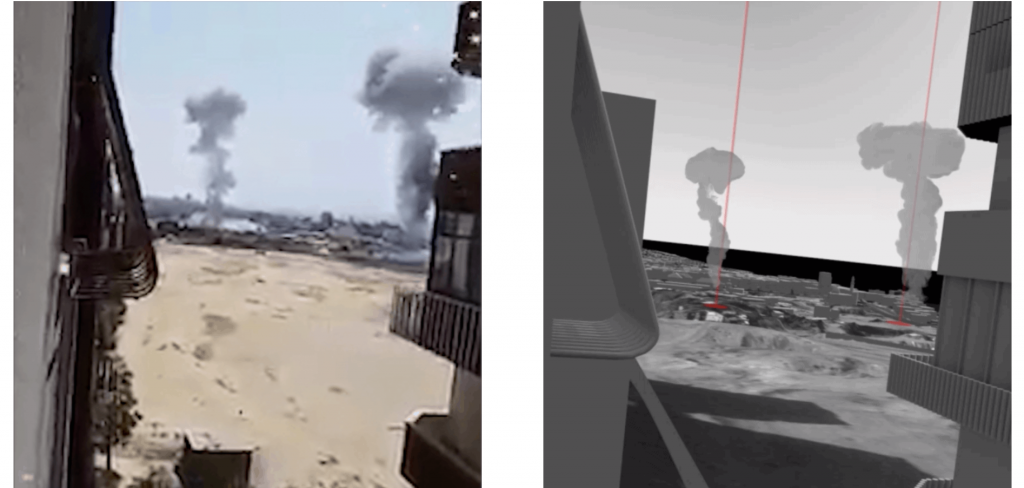
Forensic Architecture, Living Archaeology in Gaza. Smartphone clip filmed by Palestinians during the 2018 Israeli military incursion, shows bombs landing on the surface above the site. Image from Shehab News Agency Twitter (@ShehabAgency). The bomb clouds shown in the smartphone clip placed within a 3-D model. Courtesy of Forensic Architecture.
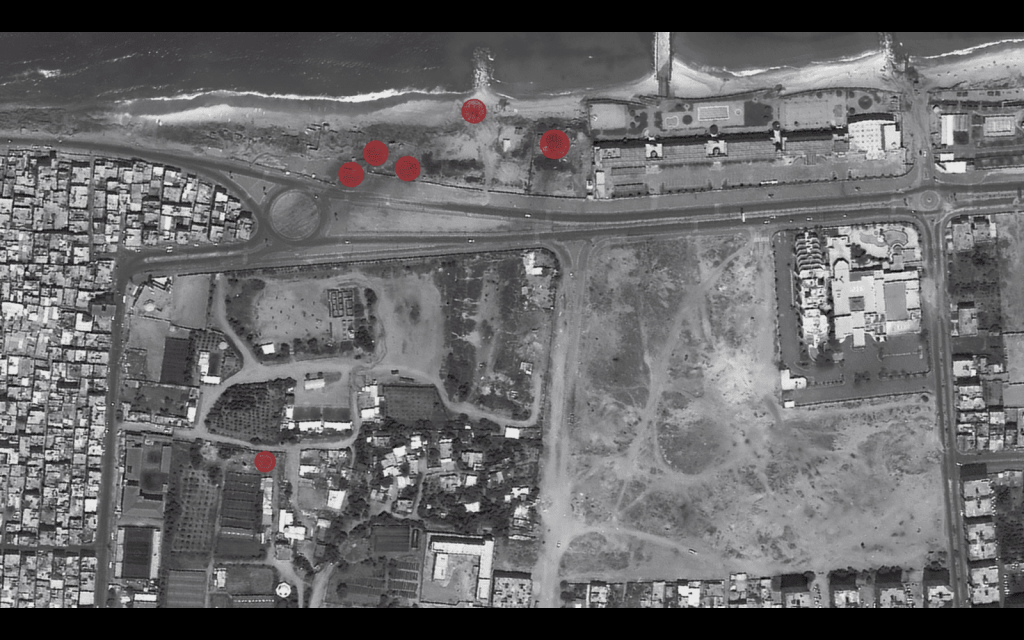
Forensic Architecture, Living Archaeology in Gaza. Analysis of a 2021 satellite image (red circles indicate bomb craters or other evidence of damage). Courtesy of Forensic Architecture, with satellite maps by Soar.Earth.